2016.10.01
Leptospirosis bacteria lurks in northern Okinawa rivers
The Okinawa Prefecture Health and Longevity Division announced Wednesday that in Kunigami there has been a mass infection of leptospirosis, a bacteria-caused infection that is mostly contacted through activities in a river or pond.
According to health division officials, ten elementary and junior high school students and a woman in her 30’s, who all had swam in Okuma River in Kunigami Village on Aug. 6 and 7, developed fever, muscle pain, and bloodshot eyes eight to ten days after they had been in physical contact with the river, and they all were subsequently diagnosed to having contacted leptospirosis. This year, there have been 30 cases diagnosed as leptospirosis, and the number has now exceeded the cases in 2008 and 2014 when the largest number of infections ever was diagnosed.
This year, the largest number of infections has been in the northern part of Okinawa Island with 21 cases. Eight people were infected on Iriomote and one on Ishigaki islands. In all cases, the source of infection has been a river, except in one, in which the infection was traced to a paddy field.
According to prefecture health officials, most leptospirosis infections in Japan occur in Okinawa Prefecture. The pathogenic bacteria live in mice and mongooses, and rivers and soil become infected by their urine. In serious cases, the infection may cause renal dysfunction or jaundice.
The Health and Longevity Division advises public to refrain from water-related activities in rivers, especially people who have cuts on the body. They advise people to visit a doctor if they develop a headache or fever within two weeks after an activity that puts them in contact with a possible source.


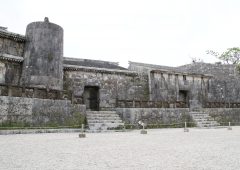 2024.07.07
2024.07.07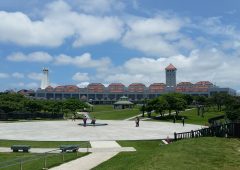 2024.06.21
2024.06.21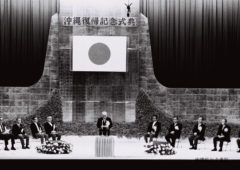 2024.05.15
2024.05.15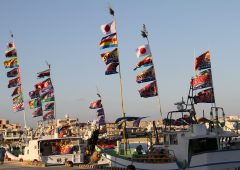 2024.02.07
2024.02.07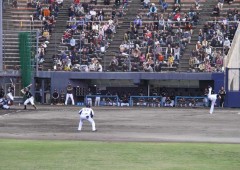 2024.01.31
2024.01.31 2023.11.02
2023.11.02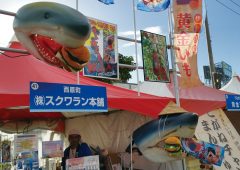 2023.10.26
2023.10.26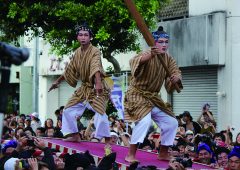 2023.09.29
2023.09.29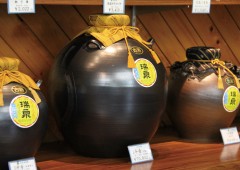 2023.09.01
2023.09.01






